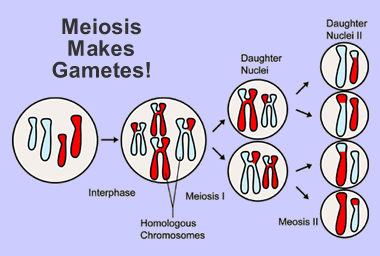Four gametes are made during cell division by meiosis. The gamete cells have half the number of chromosomes as the cell.
Click on image for full size
Courtesy of National Center for Biotechnology Information, NIH
Meiosis: How Gametes Are Made
Plants, animals and many other species within the domain Eukaryota are able to make offspring, or young, by sexual reproduction. Their offspring are made from gametes.
Gametes are special cells that have only half the number of chromosomes. When two gametes fuse together, they make one cell that has the correct number of chromosomes, with half of those (one from each pair) coming from the mother and the other half coming from the father. This set of chromosomes becomes the genetic instructions that describe how the individual will grow and develop. Usually only gametes from the same species are able to fuse together to make offspring.
Forming the gametes requires cells to undergo a special type of cell division called meiosis, which is really two cell divisions happening one after the other. Meiosis will only happen to cells in the male or female sex organs of a plant or animal. The result is that one cell becomes four gametes that each has a single set of chromosomes, half the total number in the original cell.
Gametes only contain one copy of each gene, but the cell they were made from contained two varieties of each gene. The genes in each gamete are chosen randomly from each pair during meiosis. One variety or the other will be passed on to the offspring.
Last modified April 13, 2004 by Lisa Gardiner.
You might also be interested in:

Kingdom Plantae contains almost 300,000 different species of plants. It is not the largest kingdom, but it is a very important one! In the process known as "photosynthesis", plants use the energy of the
...more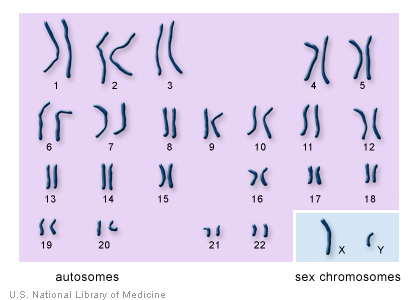
Do you look a bit like your brothers and sisters? Do you look a bit like your parents? The similarities are because, unless you were adopted, you and the other members of your family have genetic material
...more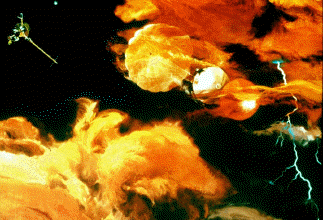
Jupiter's atmospheric environment is one of strong gravity, high pressure, strong winds, from 225 miles per hour to 1000 miles per hour, and cold temperatures of -270 degrees to +32 degrees (freezing temperature).
...more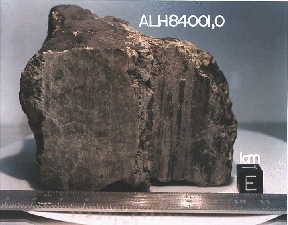
In July, 1996, it was announced that Dr. David McKay, along with a team of scientists at Johnson Space Center (a division of NASA), had discovered possible fossils of bacteria in a meteorite named ALH84
...more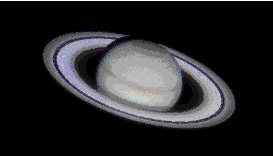
Saturn's atmospheric environment is one of strong gravity, high pressure, strong winds, from 225 miles per hour to 1000 miles per hour, and cold temperatures of -270 degrees to +80 degrees. With winds
...more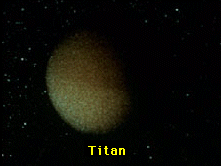
Titan's atmosphere is a lot like the Earth's, except that it is very cold, from -330 degrees to -290 degrees! Like the Earth, there is a lot of Nitrogen and other complex molecules. There also may be an
...more
Autotrophs are organisms that can "make their own food" from an inorganic source of carbon (carbon dioxide) given a source of energy. Most autotrophs use sunlight in the process of photosynthesis to make
...more


